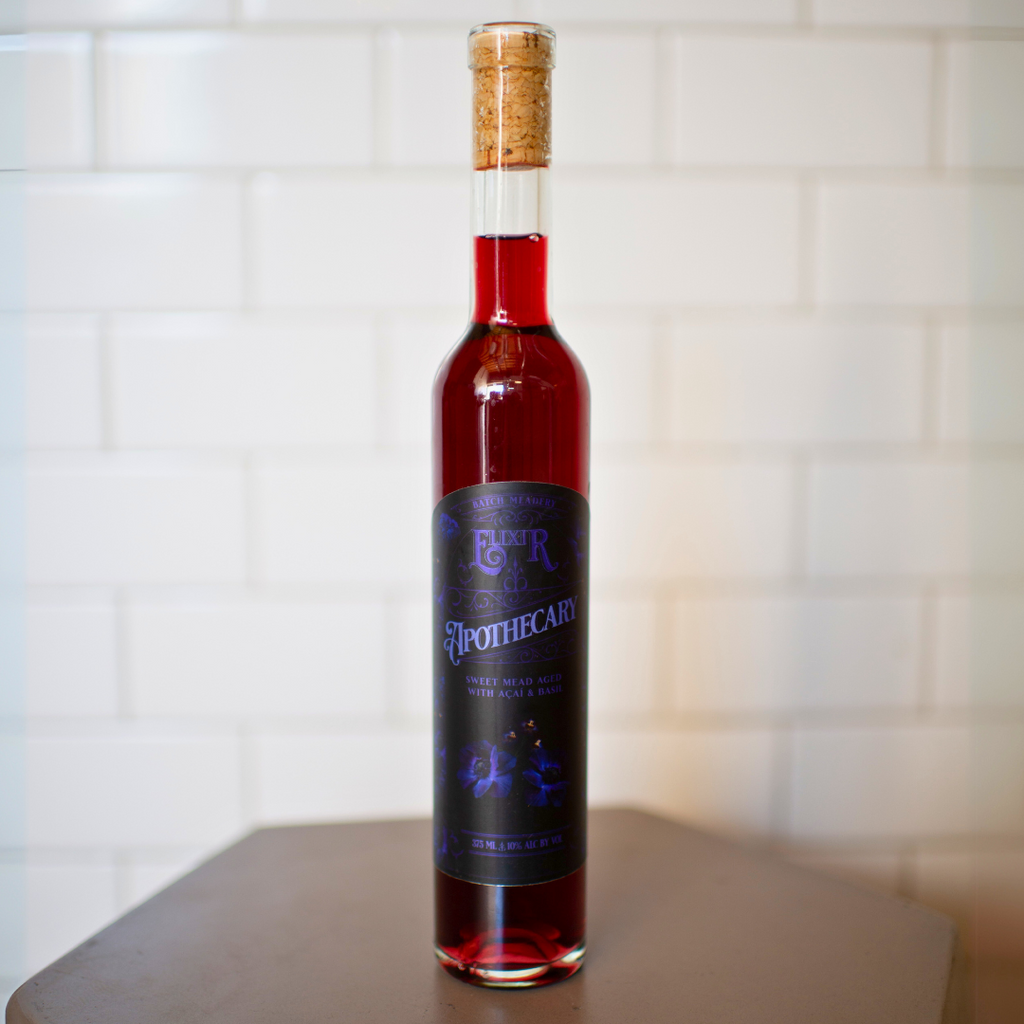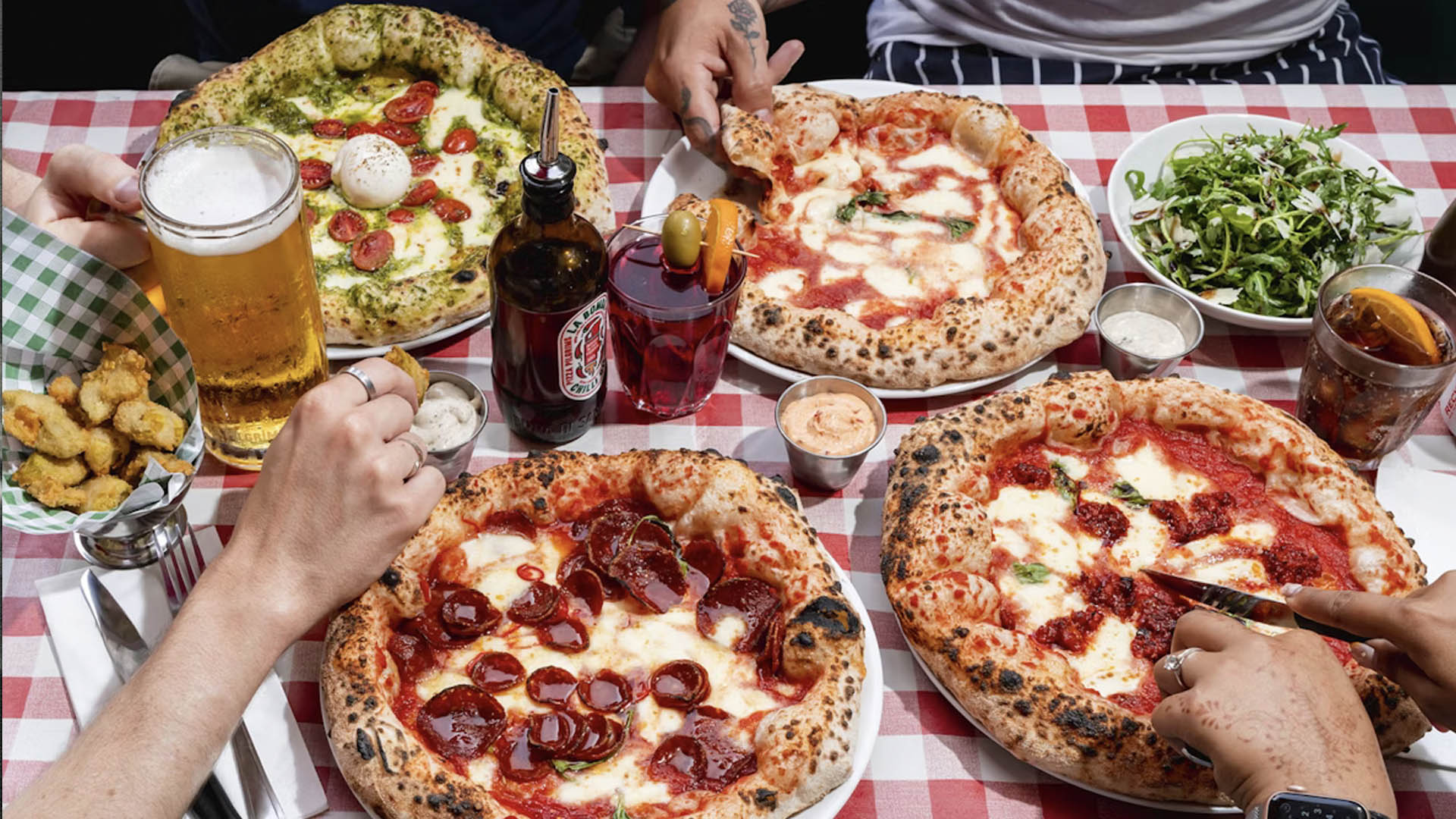The biggest buzz: Why medieval mead is ready for its modern moment
The honeyed alcohol conjures images of monks and vikings, but it's becoming the tipple of choice for a new generation of drinkers.
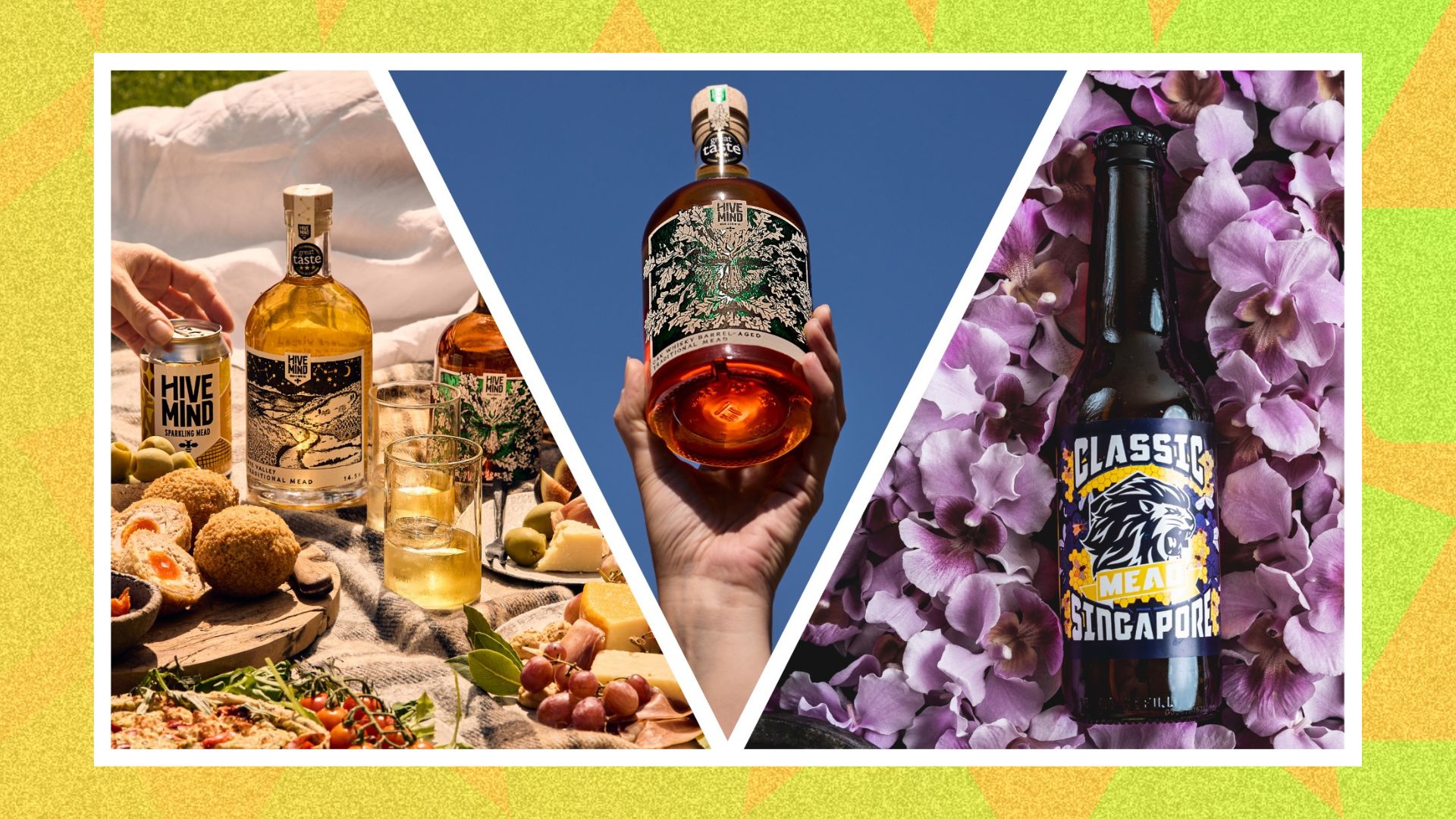
In the 1999 Antonio Banderas fantasy flick The 13th Warrior — you remember that one, right? — a burly Viking offers our hero a drink from his horn flask. The hero declines. “I cannot taste neither the fermentation of grape nor of wheat,” he explains. No problem, the Viking chuckles. “Honey!” he says. His drink? “It’s made from honey!”.
The drink in question is mead, the very word itself somehow suggesting something that has gone the way of longships, battle axes and Antonio Banderas’ career.
But, wait: for all that mead may be the tipple of Game of Thrones, Robin Prince of Thieves and Lord of the Rings — satisfyingly ye olde worlde, predating wine and beer - that tipple is back.
Its obvious honey sweetness, perfect perhaps for a generation raised on alco-pops.

And perhaps small wonder. Simple in composition — it’s just water, cultured yeast and 60% or more fermentable sugar, in this case honey — it can be accessibly light, at around 4.5%, or "a pint-will-do-it-thanks" potent, at upwards of 10% ABV. It can come sparkling or small batch or tweaked with fruits or spices. Unlike most beers, it pairs well with food. And then there is its obvious honey sweetness, perfect perhaps for a generation raised on alco-pops and the general shifting of our palates to ever more sugary things.
Mead misconceptions
But, hang on — contrary to expectations, mead isn’t actually all that sweet, its flavour notes far more subtle than might be imagined, not least because honey tends to take on characteristics from the plants pollinated by the bees that produced it. Like wine, it has an in-built ‘seasonality’ or ‘terroir’, as they call it in the trade, which might explain why it’s sometimes called honey wine. That mead is wrongly expected to be cloyingly, ickily sweet might, in fact, be a factor in dissuading people from giving it a try.
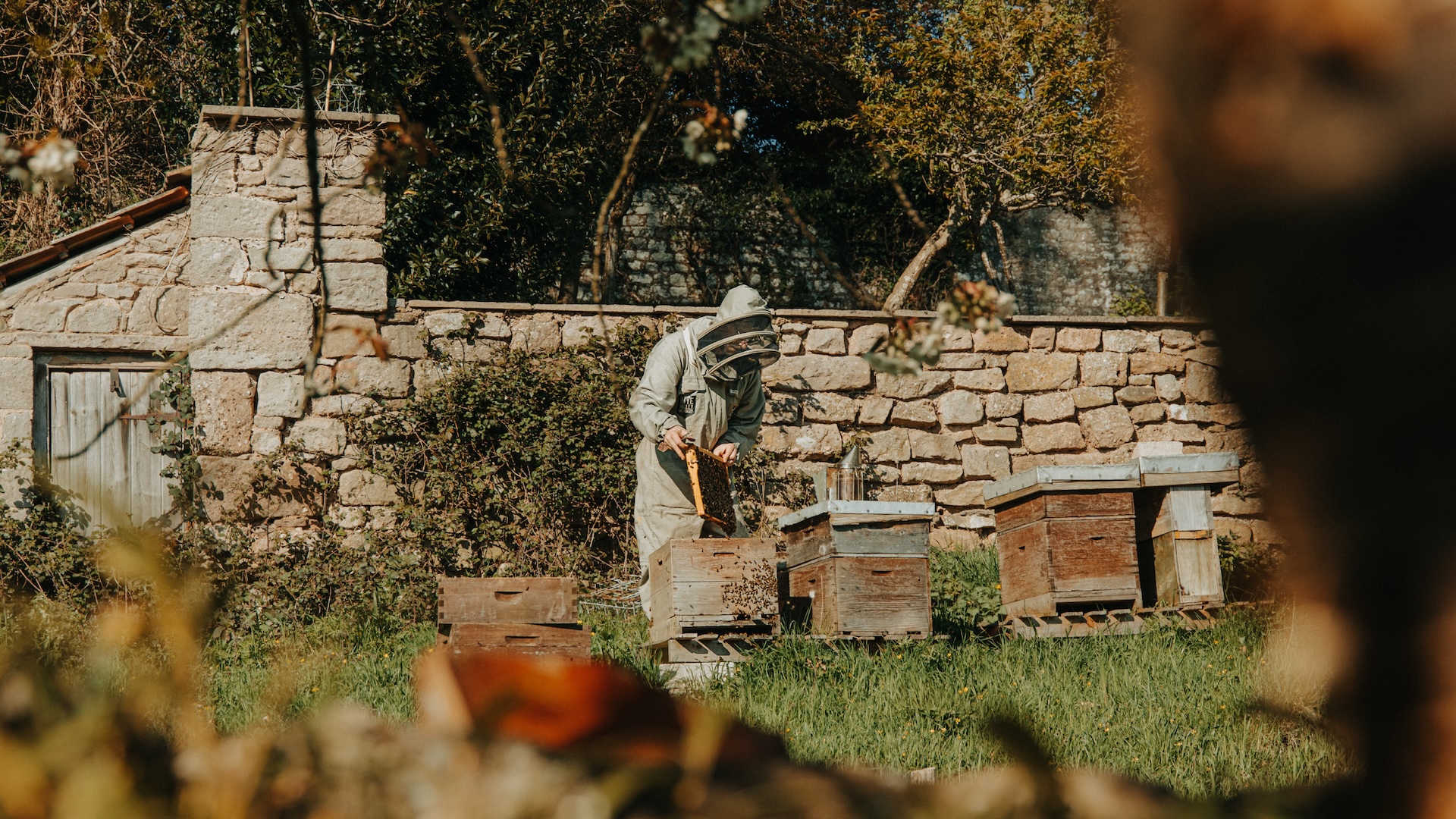
“Most people have heard of mead, not many have tried it. In fact, a lot of people don’t know you can ferment honey,” says Kit Newell, co-founder of mead-makers Hive Mind. With its 180 hives, it has a ready supply for its Rum Barrel-Aged Traditional Mead, its Bakewell tart-inspired mead, even its Nectar Honey Pilsner. A sign of the times: Newell has just got his first mead order from Marks & Spencer.
“I think mead needs to move on now from the ‘monks and castles’ image that a lot of producers still play up to,” he adds.
Get exclusive shortlists, celebrity interviews and the best deals on the products you care about, straight to your inbox.
“We’re trying make it a more experimental, contemporary product, especially since craft beer has now been done to death. After all, the only difference to other drinks really is that mead is made from honey, instead of grapes, apples or barley.”
From medieval to modern
In which case, why did mead ever go away? The growth of international trade — oh, and slavery — meant that sugar from the West Indies soon became a global commodity, suppressing demand for honey as the go-to natural sweetener. Beer brewing took over.
The pandemic curtailed the supply of hops, pushing up prices and persuading brewers to have a go at mead instead.
Now the flip seems to have happened: the pandemic curtailed the supply of hops, pushing up prices and persuading brewers to have a go at mead instead. And not just mead: it won’t have escaped many that honey has also become the experimental ingredient of the moment in bourbons, brandies, even in Scotch whisky. Last year saw Cardinal Spirits launch a honey schnapps and Absolut launch its Absolut Honey vodka.
But Tom Warner, the man behind Warner Distillery — makers of a Honeybee Gin, using honey from its own hives — argues that mead and other honey-based drinks have become fashionable for other reasons too.
“There’s an increased awareness about nature, with bees a flagship species for our concern about declining biodiversity,” he says — it’s not often that you can justly claim to support conservation by heavy drinking.
“Most alcohol comes from pollinated crops, but the likes of mead has an even more direct connection to that process,” he adds.
There’s a quirkiness to these honey drinks too, he argues. Since honey isn’t as internationally well-traded as, say, hops, and can be considerably harder to work with — it results, for example, in a gin that isn’t the usual crystal clear liquid — that makes the resulting drinks both reassuringly expensive and distinctive for being unusual. (Don’t, he implores, be suckered by cheap ‘honey-inspired’ or ‘honey-flavoured’ drinks, which tend to made using industrial cane, beet or corn sugar syrup stand-ins, honey cut with syrup or sweetened wine).
A honeyed history
Warner knows he’s pushing the case — “we’re talking about booze here so we can’t really make claims to health benefits,” he laughs — but he even suggests that honey, with its proteins, amino acids, vitamins and natural anti-oxidant properties, is likely better for you than the corn sugars often used in the production of other drinks.
He at least stops short at suggesting that honey is more macho too, given the perception of mead as the drink of our Scandi friends in horned helmets. It’s said that Vikings, on entering the afterlife of Valhalla, were first given a draft of mead from a beautiful maiden. Death is, after all, thirsty work. And even today newlyweds in the Nordic countries might toast their nuptials with a form of mead, all the better to get themselves in the mood for their honeymoon. Yes, that very word originates from mead’s star ingredient.
Honey is likely better for you than the corn sugars often used in the production of other drinks.
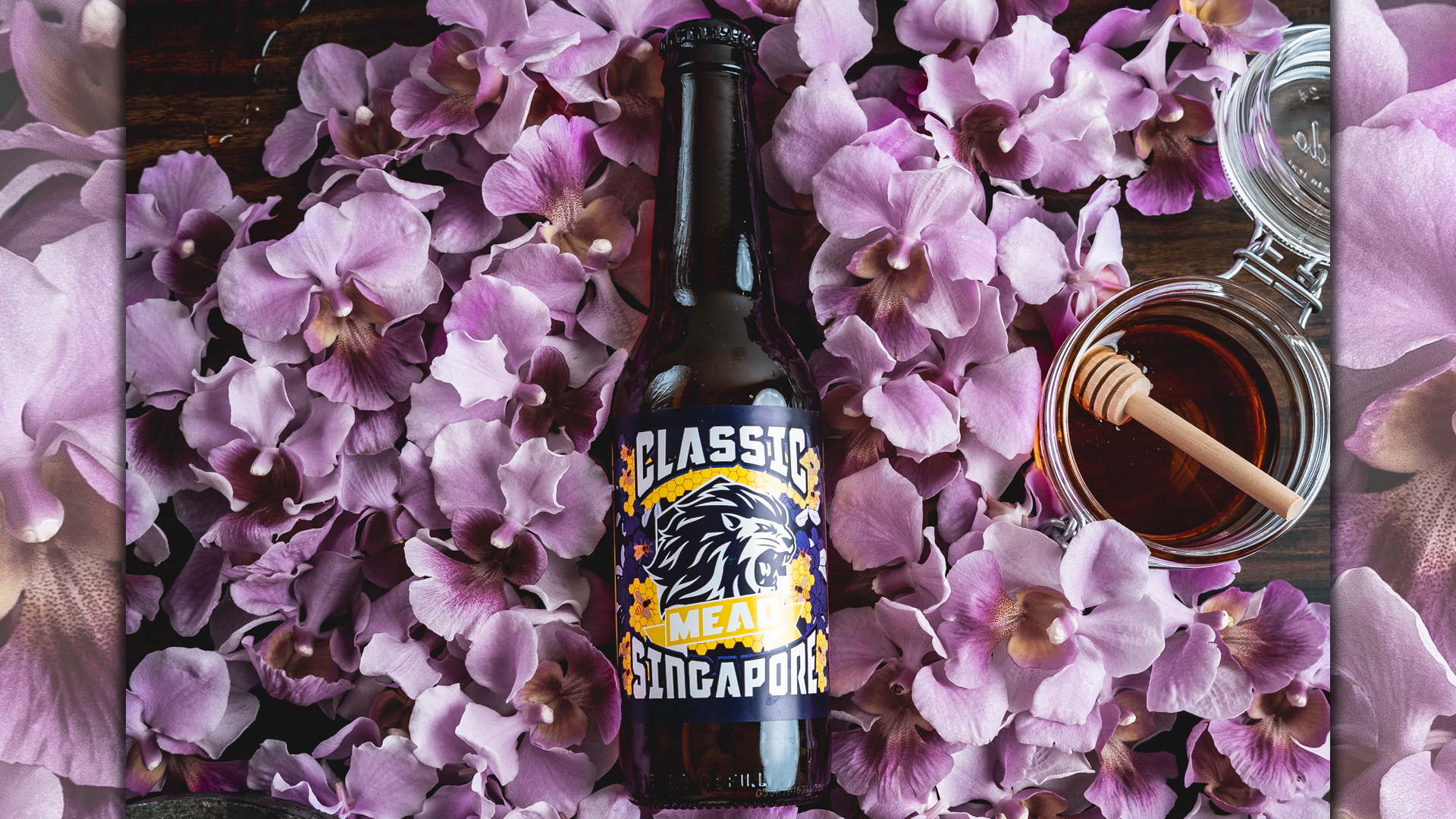
Yet, since honey was produced everywhere, so too was mead, which probably originated in the Hanan province of China, around seven millennia BC. It would turn up in just about every culture, mentioned not just in Beowulf and other Old English sagas but also in the writings of Aristotle. As then, so now too. In California Batch Mead makes a Cucumber Mojito Mead, a Coffee Mead and, inevitably, a Viking Rune Mead. And, on the other side of the world, the Lion City Meadery is one of the leading producers now based out of Singapore.
“That’s one of the amazing things about mead: its incredible legacy across history and civilisations. It seems to just have come up organically all over the world,” says Lion City’s founder Justin Lui.
“Pop culture has certainly helped with its latest resurgence, but now we’re going to see it really take off. People should just get out there and try it”.
Three meads everyone should try

Josh Sims is a freelance writer and editor based in the U.K. He’s a contributor to The Times (London), Esquire, Robb Report, Vogue and The South China Morning Post, among other publications. He has written on everything from space travel to financial bubbles, and art forgery to the pivotal role of donkeys in the making of civilisation.
A former editor of British style magazines Arena Homme Plus and The Face, Sims is also the author of several books on style including the best-selling Icons of Men’s Style. He’s married and has two boys. His household is too damn loud.
You must confirm your public display name before commenting
Please logout and then login again, you will then be prompted to enter your display name.
-
 One of the rarest beers in the world is getting a new lease of life
One of the rarest beers in the world is getting a new lease of lifeA historic beer made for the North Pole is getting a 21st-century revival
-
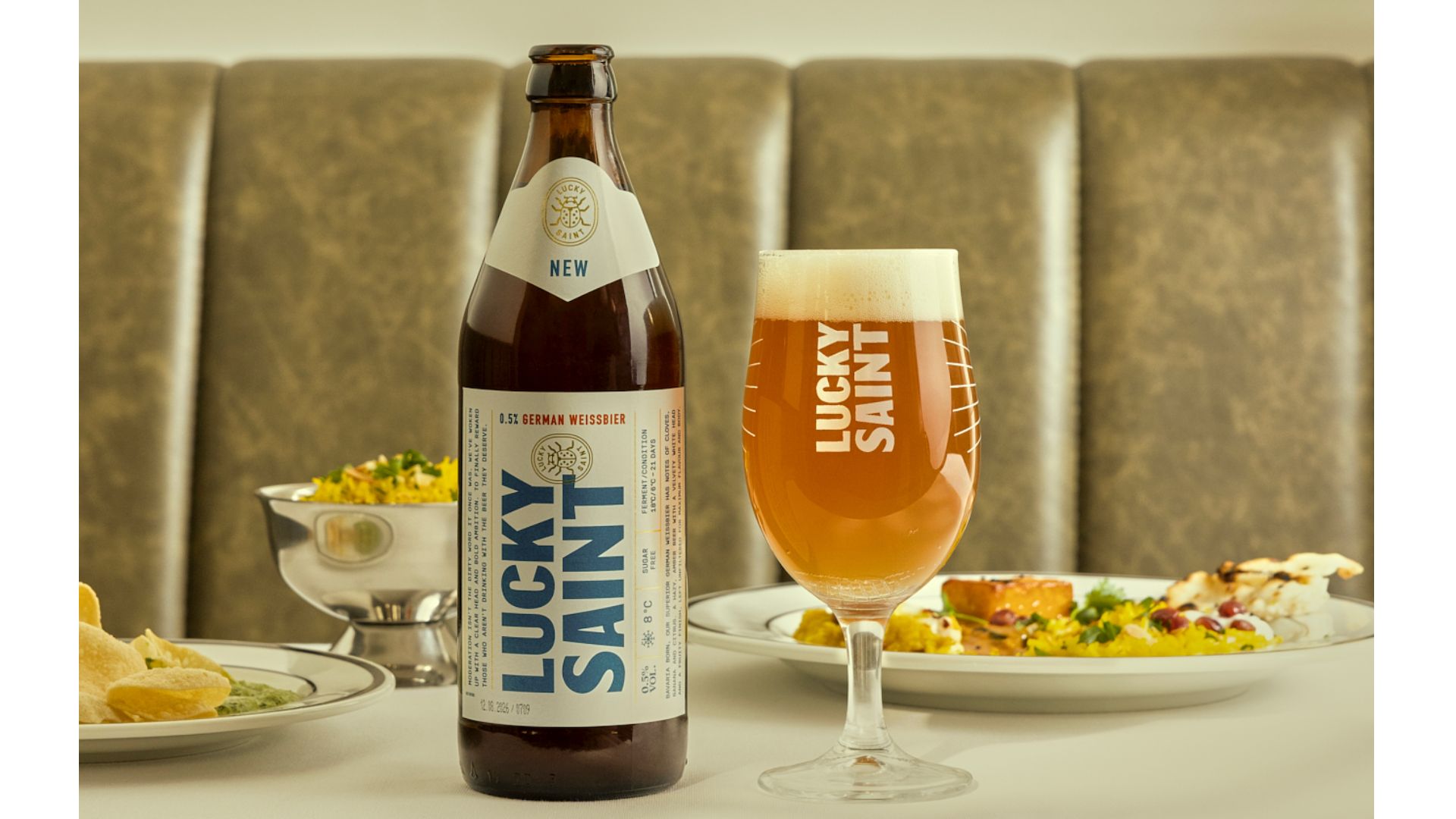 Lucky Saint has just unveiled its newest alcohol free brew - and it’s my favourite one so far
Lucky Saint has just unveiled its newest alcohol free brew - and it’s my favourite one so farOur favourite pub is delivering the goods
-
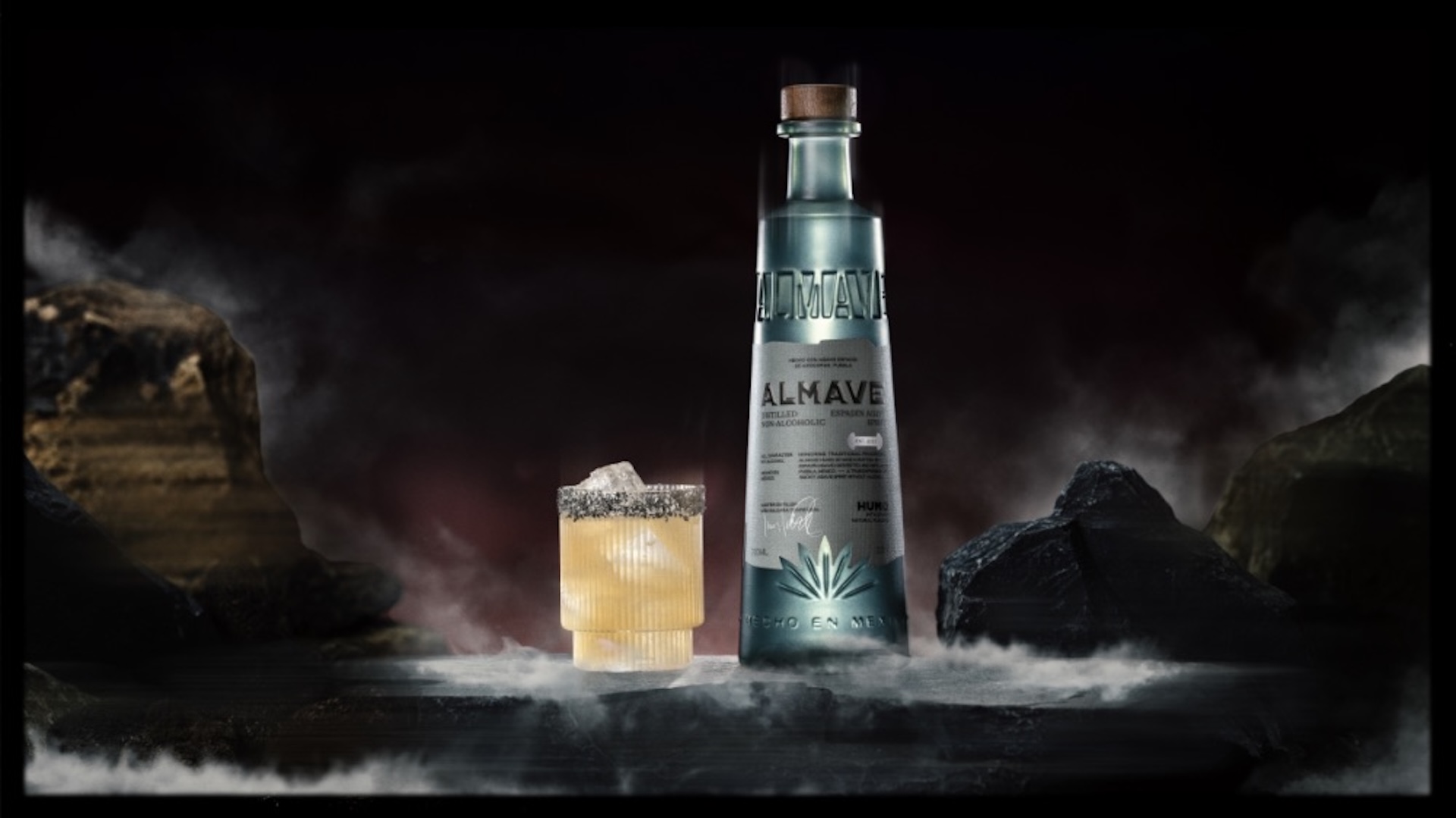 Experience agave goodness without hangovers, thanks to Lewis Hamilton
Experience agave goodness without hangovers, thanks to Lewis HamiltonA sensible sip
-
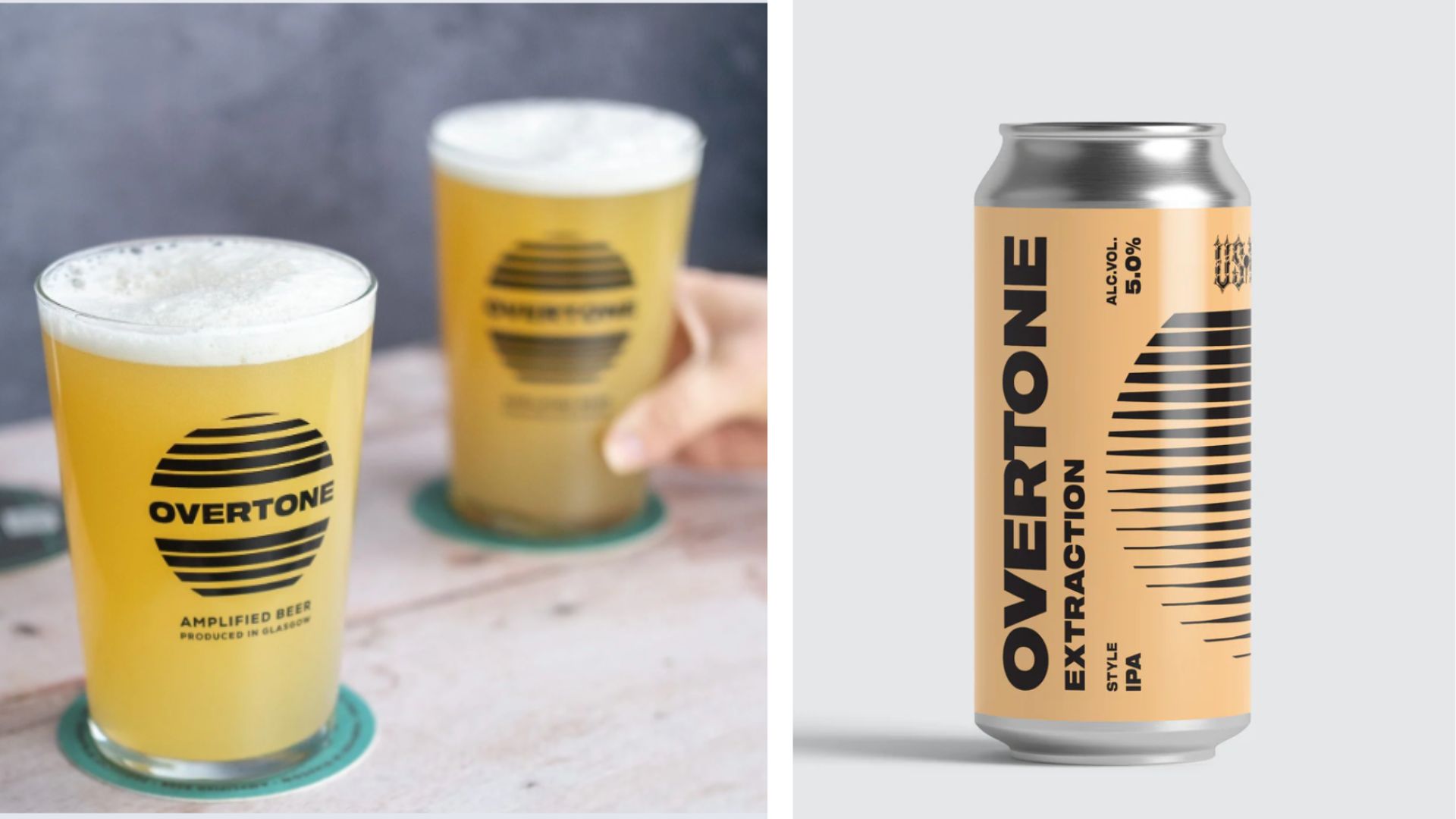 Move over Espresso Martinis: There’s a new Coffee Beer in town
Move over Espresso Martinis: There’s a new Coffee Beer in townWake up 'n' shake up
-
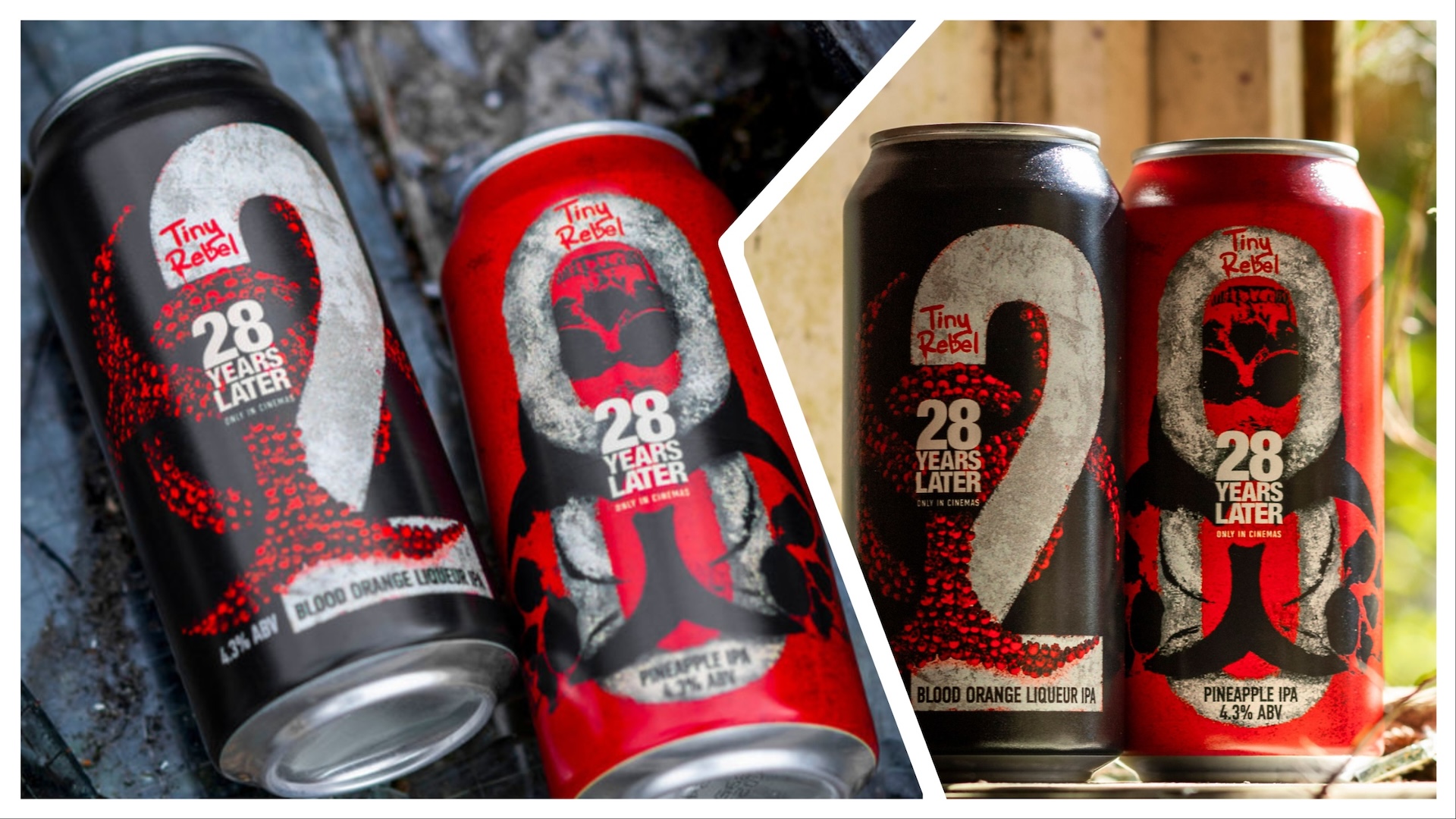 28 Years Later release sees Tiny Rebel brew up Zombie Apocalypse beers
28 Years Later release sees Tiny Rebel brew up Zombie Apocalypse beersA whole new meaning to shotgunning a beer...
-
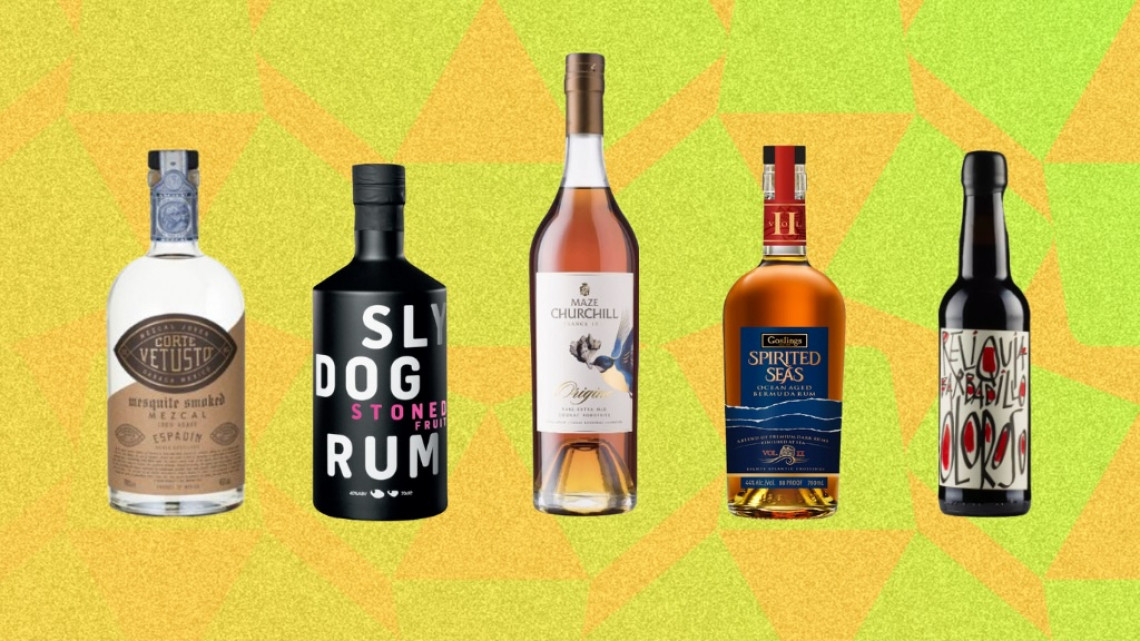 Bored of whisky? Here are four drinks to try to shake up your order
Bored of whisky? Here are four drinks to try to shake up your orderNo overly poetic tasting notes allowed
-
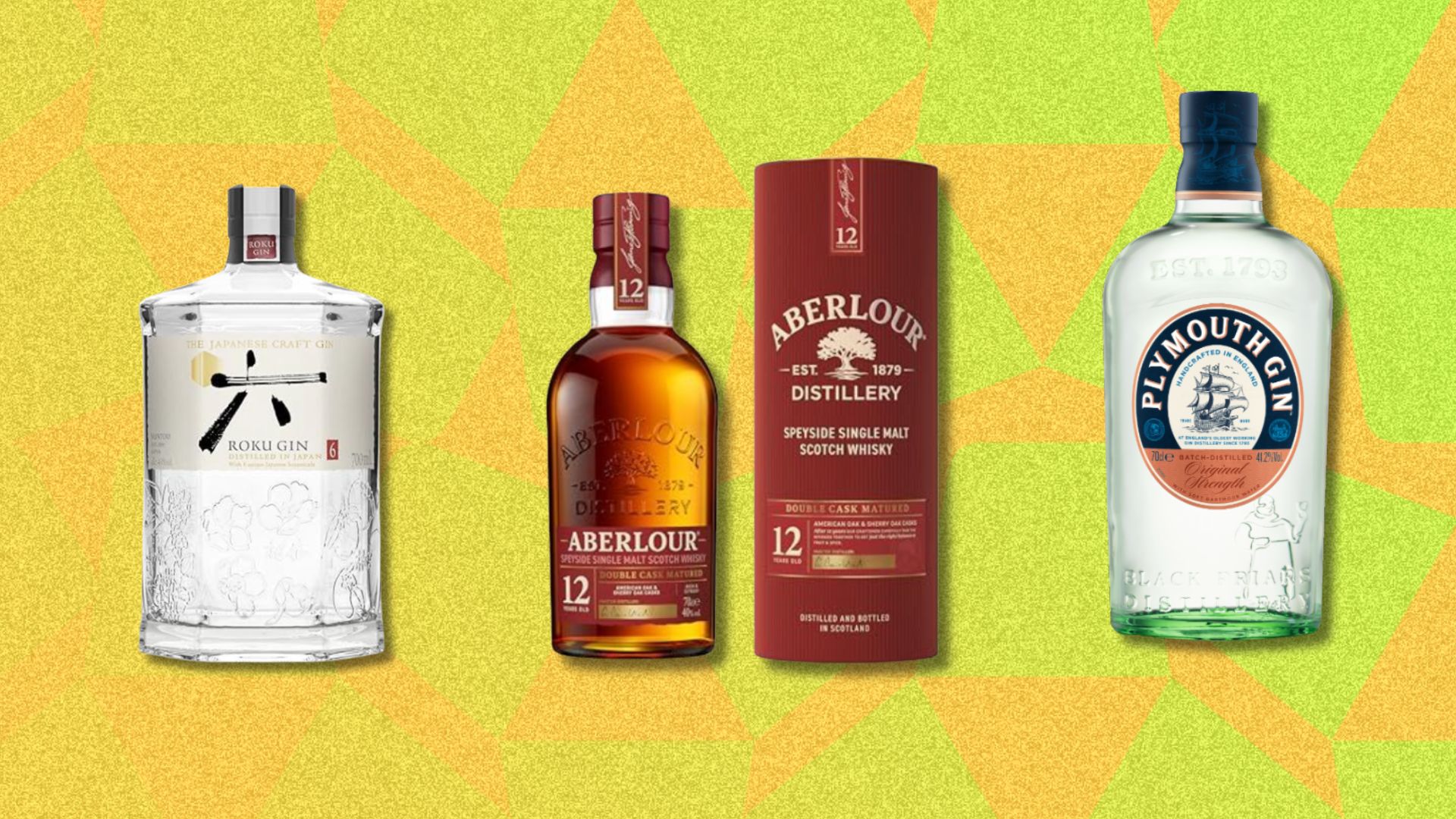 The best alcohol deals: Discounts on whisky, gin, and more
The best alcohol deals: Discounts on whisky, gin, and moreHere's how to get the best alcohol deals.


